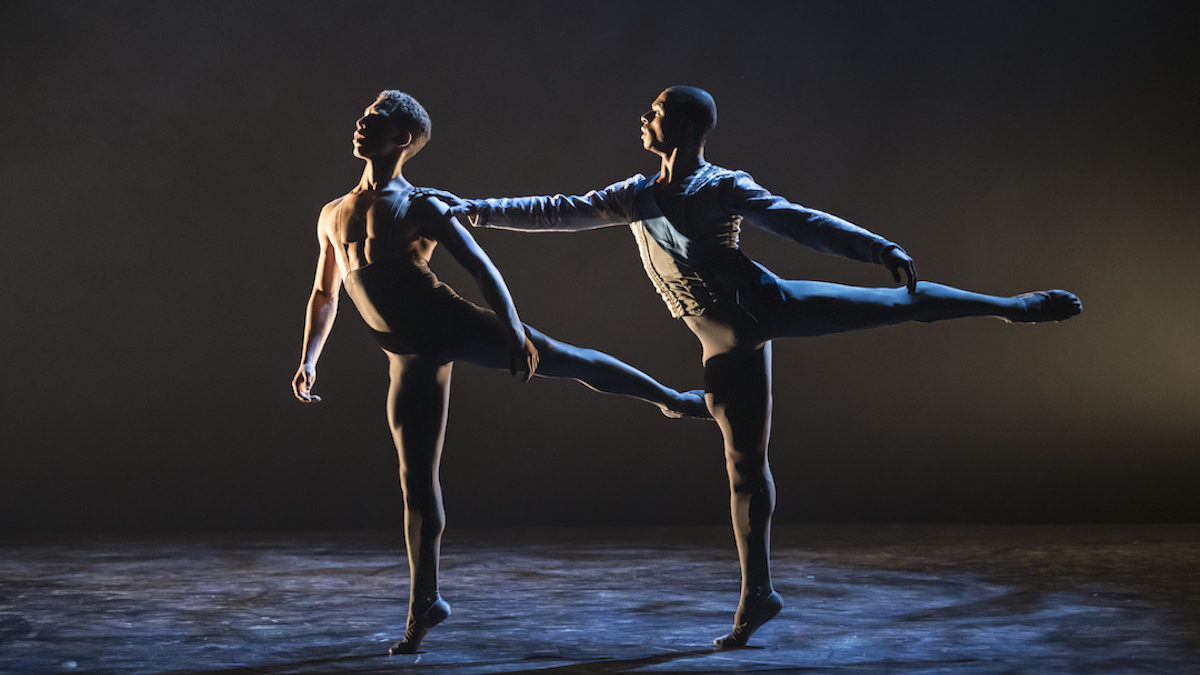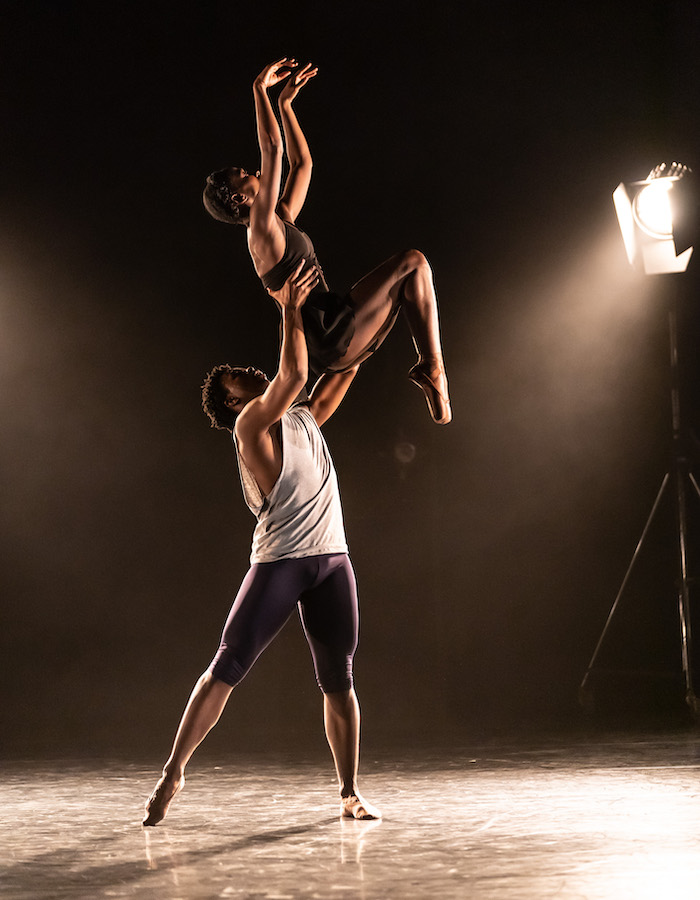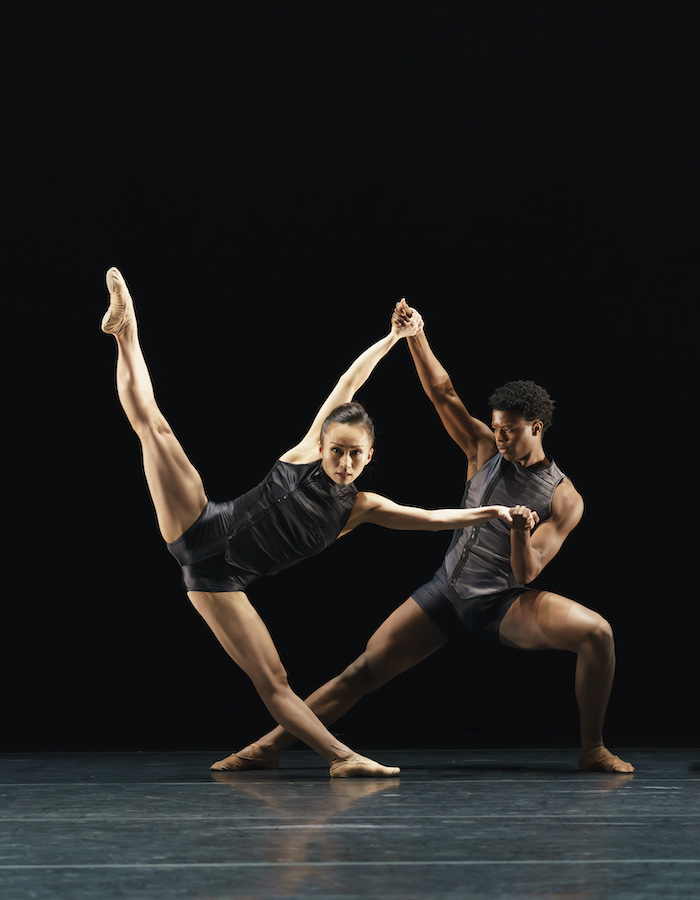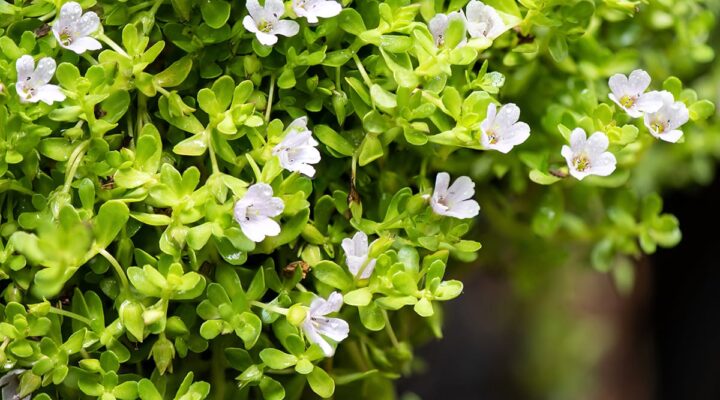Ballet Black: The Company on a Mission To Make the World of Classical Dance More Diverse

Back in 2001, when British-Trinidadian dancer Cassa Pancho started Ballet Black, no Black women were working professionally as dancers in classical ballet in the UK.
“It felt like it wasn’t something that caused concern in ballet companies at that time. All the leaders and decision-makers were Caucasian, so they were looking at everything through a lens of their own ethnic makeup,” she recalls.
As a 21-year-old mixed-raced graduate of the Royal College of Dance, Pancho forgoed auditioning for a company, instead founding Ballet Black to give much-needed opportunities to dancers of Black and Asian descent.
Since then, the company of Pancho and eight toured nationally and internationally, and two of its dancers even performed on stage at Stormzy’s legendary Glastonbury performance in 2019.
It took time for the dance world to sit up and take note of Ballet Black though. “At the beginning, it was just me and a group of friends running a ballet class, which turned into choreography, and then came the performances. I was young, but I was just doing it at my own pace, so I learned everything as I went along.
“We didn’t get Arts Council funding until 2013, so I raised all the money privately to get us going. I don’t think we were really noticed by a lot of people for the first nine years until we won an award at the National Dance Awards in 2010. By that point, we had started to commission lots of new works from different choreographers, so we became known as a creative incubator; if you wanted to make ballet and have it shown at a venue like the Royal Opera House, you came to us.”
In 2019, Ballet Black collaborated with dance shoe manufacturer Freed of London to create the first skin tone pointe shoes for Black, Asian and mixed- race dancers, these having traditionally come just in pink. Pancho says that this was just one of many micro-aggressions that previously made the world of classical ballet seem impenetrable for many young dancers.
“We’ve got a situation where Caucasian kids can shop freely for what they need, and they never have to think about whether they look weird in rehearsals. Why should any kid of any colour have to feel that?
“Anecdotally, we’ve also heard of girls turning up to class with their hair in braids or an afro and teachers saying, ‘You can’t dance with that hair, you have to put it in a bun’. These are all little things that just say, ‘Your natural state isn’t welcome here’.”
As well as helping to launch the careers of many Black and Asian dancers, Pancho is thrilled that her dancers were given the opportunity to show their talent to millions of people at Stormzy’s Glastonbury headline slot, and she hopes it encourages more of us to engage with the art form.
“People think of ballet as a bit like opera — they won’t go because they’re worried they won’t understand it, or that it’s too expensive because it’s considered ‘high art’. I don’t really believe that any art is higher than another though. I think you just love what you love, whether it’s comic books, or going to a gallery, or even watching Netflix. Everything is still made by artists, writers, designers and actors.”

At the Barbican theatre in London where the company regularly perform, the highest-priced seat for a Ballet Black show is £30, and when the company is on tour outside of the capital, tickets are between £5 and £25 — the same price as a trip to the cinema.
Pancho says that her hope is simple: that in the future, her dancers may be spoken about for their technique, artistry and creativity rather than the colour of their skin.
“We’re constantly being asked about why diversity is important, and the question is not a problem, but I know it’s not being asked of White directors and White dancers,” she says.
“We need to ask them as well because it’s everyone’s issue. If you gathered all the classic Black ballet dancers in the UK, there are only around 20 of us. If you include Ballet Black there’s 27 [one of the dancers, Sayaka Ichikawa, is Japanese].
“If it’s only us fighting the fight, or bringing the conversation to the table, it feels like it’s a real slog,” concludes Pancho. “If we all talk about it, then we might get somewhere.”
To find out more go to balletblack.co.uk. Photo credits: Bill Cooper




















